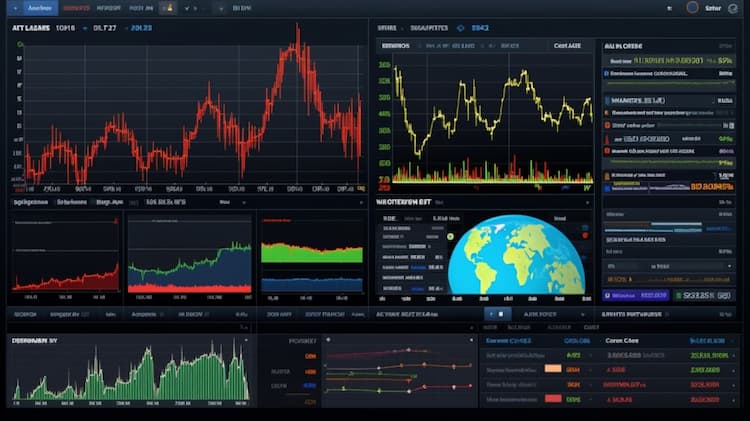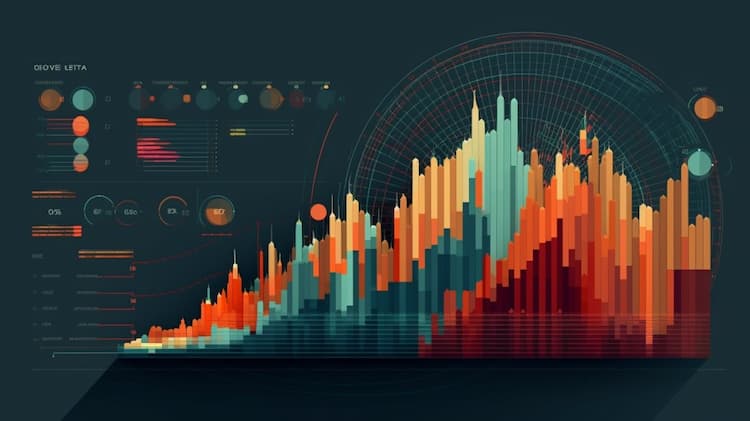
FHLC VS XBI
Exchange-Traded Funds (ETFs) have become a cornerstone of modern investing, offering diversification and exposure across various sectors and asset classes. In this article, we will conduct an in-depth comparison between two prominent ETFs: FHLC (Fidelity MSCI Health Care Index ETF) and XBI (SPDR S&P Biotech ETF). We will explore essential aspects such as tickers, full names, issuers, sectors, top holdings, capitalization, strategy, tracking, and exposure.
FHLC VS XBI: Overview
FHLC and XBI are two distinct ETFs with unique investment strategies. FHLC focuses on the healthcare sector, aiming to track the performance of the MSCI USA IMI Health Care Index. In contrast, XBI is dedicated to the biotechnology industry and follows the S&P Biotechnology Select Industry Index. These differences in focus result in varying risk levels and potential returns, which we'll delve into further.
FHLC VS XBI: Sectors and Top Holdings
FHLC primarily invests in healthcare companies across various subsectors, including pharmaceuticals, biotechnology, healthcare equipment, and healthcare providers. Top holdings in FHLC may include giants like Johnson & Johnson, Pfizer, and UnitedHealth Group. On the other hand, XBI specializes in biotech firms like Moderna, Regeneron Pharmaceuticals, and Amgen. Understanding these sectors and top holdings is crucial for investors seeking to align their portfolios with specific industries or companies.
 FHLC overlap FHLC VS XBI
FHLC overlap FHLC VS XBI
FHLC VS XBI: Capitalization and Strategy
FHLC boasts a significant asset under management (AUM), reflecting its popularity among investors interested in healthcare exposure. Its strategy revolves around tracking the performance of the broad healthcare industry. XBI, with its focus on biotechnology, offers a more targeted approach. It aims to capitalize on the growth potential of biotech companies. Investors should carefully consider the differences in capitalization and strategy when deciding which ETF aligns better with their investment goals.
FHLC VS XBI: Tracking and Exposure
The tracking methods employed by FHLC and XBI vary significantly. FHLC primarily holds a diversified portfolio of healthcare stocks, aiming to mimic the performance of its benchmark index. On the other hand, XBI tracks an index composed of biotechnology stocks, aiming to capture the specific dynamics of this sector. Understanding these tracking and exposure strategies is essential for investors looking to gain exposure to healthcare or biotechnology.
Conclusion
FHLC and XBI represent unique opportunities for investors seeking exposure to the healthcare and biotechnology sectors, respectively. To gain deeper insights into the holdings, correlations, overlaps, and other critical factors, consider using ETF insider—an invaluable tool for exploring financial instruments. This user-friendly app provides extensive information to help you make informed investment decisions.
Disclaimer: This article does not offer any investment advisory services.
FHLC ETF issuer
FHLC ETF official page
FHLC quote and analysis
Discover the top holdings, correlations, and overlaps of ETFs using our visualization tool.
Our app allows you to build and track your portfolio.
To learn more about the FHLC Fidelity MSCI Health Care Index ETF, access our dedicated page now.





